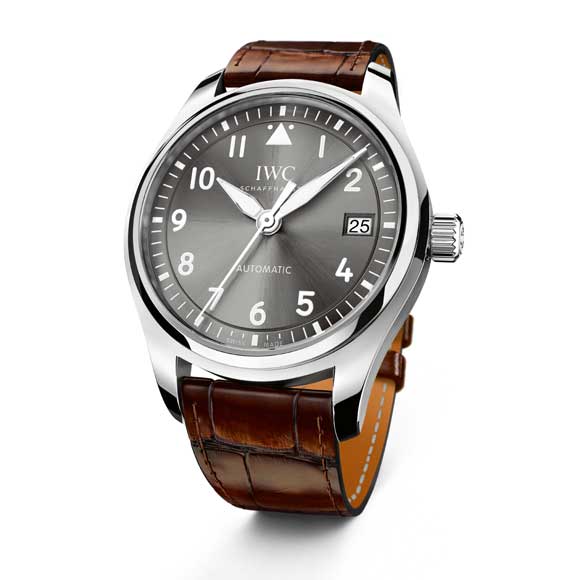Your mechanical watch can be at risk if you expose it to strong magnetic fields. Although most modern watch regulating organs are made of an anti-magnetic alloys such as Glucydur (beryllium-bronze, for the balance) or Nivarox (iron-nickel-chromium-titanium-beryllium, for the balance spring), they can still be affected by magnetism if the field is strong enough. Prolonged exposure to magnetic fields from mobile phones, loudspeakers or even the magnetic clasp in a ladies’ handbag can sometimes have an impact on the accuracy of your watch. In the worst case, your watch may stop working altogether. The most frequent cause of any mechanical watch stopping is the balance spring ceasing to function, which in the case of magnetism occurs when the magnetic field causes the individual coils of the spring to become entangled. Unusually high variations in rate, with the watch gaining or losing much more than normal, can be another indication that your watch is magnetized. But your watch may also be magnetized without showing any adverse effects.
Gauss or Amperes per metre (A/m)?
You may have heard both terms with respect to magnetism, and both are units used to express the strength of a magnetic field. Most watch brands prefer to use Gauss units to express the level of resistance of their timepieces, but the ISO 764 standard that governs magnetic resistance in watches simulates an accidental exposure to a magnetic field of 4,800 A/m as its benchmark. If a watch can withstand such a magnetic field and maintain accuracy of within +/- 30 seconds per day (a huge variation compared with the COSC criteria and the individual certifications of brands like Rolex and Patek Philippe), then it is considered anti-magnetic under this norm.
Anti-magnetic watches
One way of protecting watches from magnetic fields is to use the principle of the Faraday Cage to deflect the magnetic field around the core components of the watch. The usual way of doing this is to surround the watch movement with a soft-iron cage, a technique that harks back to the very first pilots’ watches from the likes of IWC, which needed to be anti-magnetic. Even with the use of materials such as silicon for the balance spring and escapement parts, the soft-iron inner cage is still used by IWC and Panerai, which claims its Luminor Submersible 1950 Amagnetic 3 Days can resist magnetic fields of up to 40,000 A/m.

What to do if you think your watch is magnetized?
Your local watch store might be able to tell you whether your watch has been magnetized, but you can now also check your watch yourself using the handy new iOS application from Lepsi. Once you have installed it, you just need to hold your watch near the centre to find out if it is magnetized. If it is, Lepsi offers demagnetizing kits to help you solve the problem.

The future of magnetism
In watchmaking, there can often be some major discrepancies between theory and practice. One might think that watchmakers would be doing all they could to avoid magnetism in their watches. Yet Christophe Claret uses a magnetic field to move ball bearings to display the hours and minutes in his X-Trem 1 watch, while Breguet uses a magnetic pivot at the very heart of its Classique Chronométrie 7727 model.







